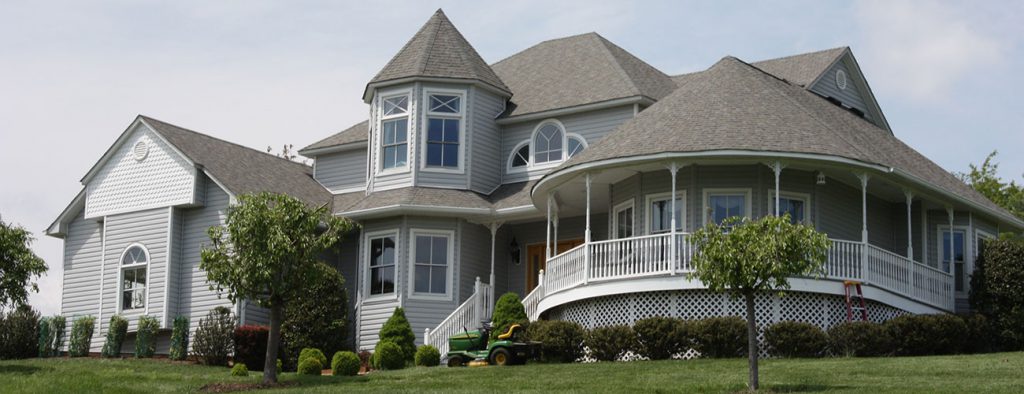Many homeowners experience wood rot on the exterior of their homes. This problem can damage your home visually, causing paint failure, cracks, holes, and soft spots. More seriously, however, wood rot can also make your home more vulnerable to wood-boring insects, and it can even attack the structure of your home if it is not properly remedied.
Prevention is the most important key in dealing with this serious issue. Here in the DC area, moisture attacks our homes in every season; rain, humidity, snow and ice coat our homes with water and often prevent it from drying thoroughly. This moisture, if allowed to penetrate exterior woodwork like siding, door jambs, and window trim, will eventually lead to rot. It is therefore vital to maintain your exterior paint in good repair, keeping a barrier between our wet environment and your beautiful wood.
When dealing with rotten wood, everyone naturally wants to get the best results without spending a fortune. A common question, therefore, is whether you must replace a whole piece of wood when only one part of it is affected with rot. There are several factors to consider, and the answer will be different in every situation.
The obvious advantage to replacing only the rotten area is the savings in money, and sometimes this is a legitimate gain. Wise homeowners know from experience, though, that the cheapest option often ends up costing more in money and headaches in the end.
First, there is the visual consideration. Replacing only part of a board or piece of trim means making a cut in the wood and creating a new seam or joint. Unless done expertly, this surgery will leave an unattractive scar that will draw attention to the repair, taking away from the pleasing attraction of smooth, uninterrupted lines.
A more serious consideration to weigh is the long-term durability of your repair. Every seam, whether you are talking about gutters, roofs, siding, or trim, is a potential leak. Most people do not prime, paint, or seal the inward faces or cut edges of their trim. When a new joint is created, it makes an entry point for water, which always takes the easiest path downwards—often this means between and behind your boards. Even vertical boards can absorb and “wick” up water from below: picture dipping the corner of a towel into the bathtub, and the towel quickly pulls water up into it.
If you determine that a partial replacement is better for your situation than a full replacement, there are two important steps. First, after cutting away the rotten piece and getting the new piece cut to fit, prime every surface you can reach. The new board will have at least six surfaces to prime, and there will be at least one cut edge on the older portion still attached to the house. In addition, patch the seam with a good epoxy that will waterproof the joint and blend the appearance.https://manorworks.com

